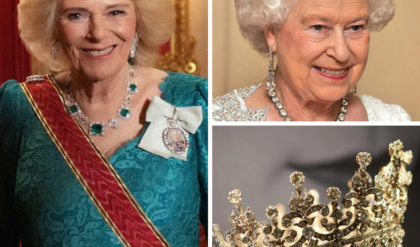Duncan Idaho was a fan favorite in Dune: Part One, and thanks to the later books in the series, he is destined to return to the silverscreen.
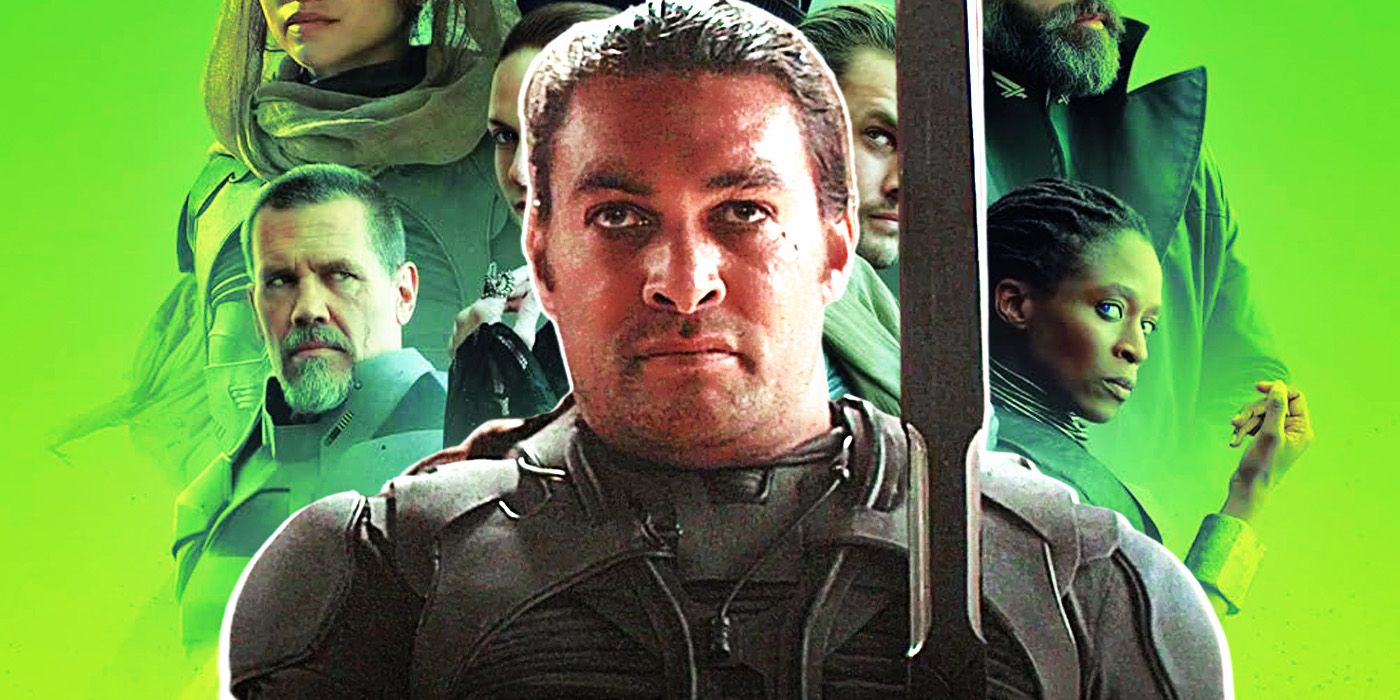
The success of Dune: Part Two has guaranteed that fans will be getting a sequel in the future, with plans to adapt the next novel, Dune: Messiah, already underway. Naturally, this means fans will get to see how Paul Atreides’ rule over the known universe goes as the Padishah Emperor. In more exciting news, it means that some characters who fans previously thought were dead will get to come back to life.
Specifically, Duncan Idaho will be resurrected for the upcoming movie. What’s especially cool about this is that it isn’t some alteration made to the plot to cater to the wishes of the fanbase. Duncan’s revival is an established part of Dune’s lore and one that serves a specific purpose down the line. Part of what makes Dune so charming is how strange it can be, so although Duncan’s resurrection and subsequent lives are a welcome development, they are going to need a little bit of explaining before the movie formally arrives.
Duncan Idaho’s “Final” Stand Seemed to End His Story in Dune: Part One
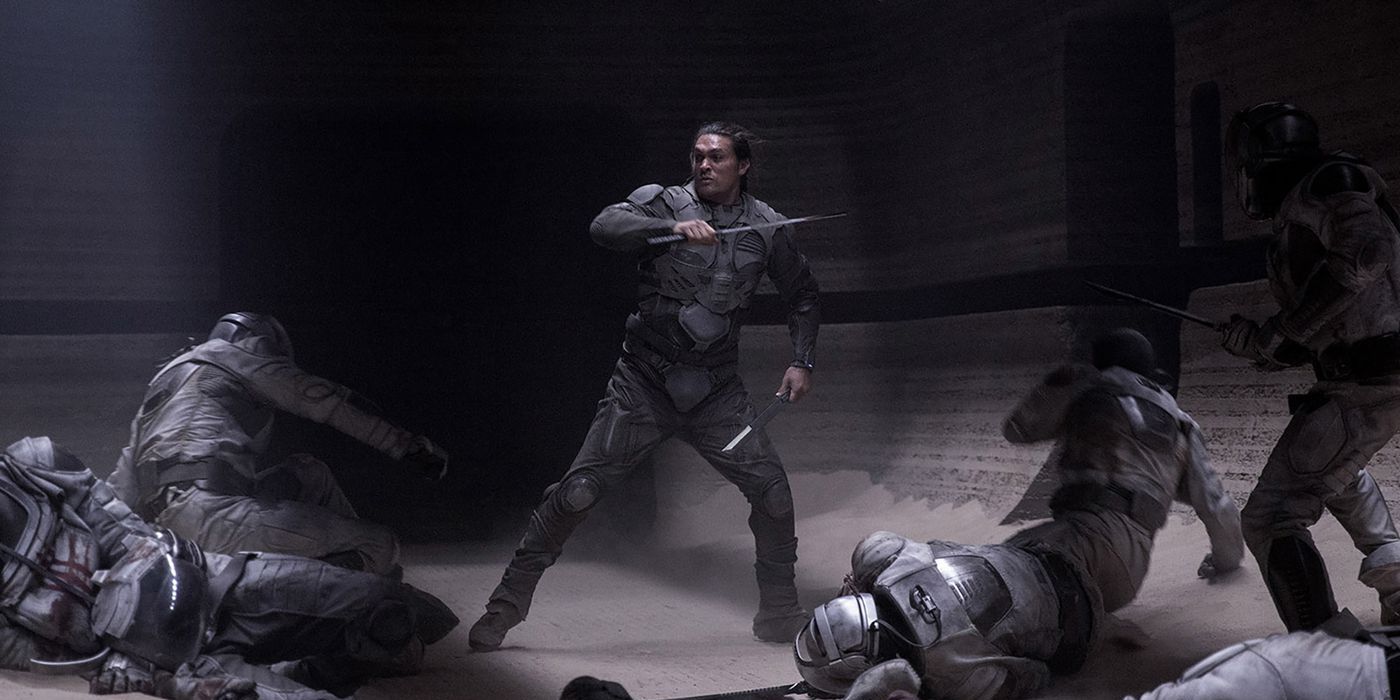
In Dune: Part One, Duncan Idaho died fighting off several Sardaukar — the Emperor’s most elite soldiers.
By sacrificing himself to fight the Sardaukar, Duncan bought time for Paul Atreides to flee and eventually assume command of the empire.
As viewers of Dune: Part One are quick to point out, Duncan Idaho, in no uncertain way, dies during the events of the movie. Ironically, he seemed to initially be one of the few members of House Atreides who was poised to survive longer than any of them. A legendary fighter in his own right (and one who had already spent time adapting to the ways of Arrakis), Duncan seemed ideally positioned to get through the attack of the Harkonnens and the Sardaukar, the Emperor’s elite warriors.
Duncan does in fact make it through the initial Harkonnen attack that decimates House Atreides and kills Duke Leto. He would later reunite with Paul Atreides and his mother, Jessica, helping them get to shelter in a Botanical Testing Station while they plotted their next move.
Before Paul could attempt his plan to make peace with the Emperor, they were discovered, so Duncan chose to sacrifice himself to buy time for Paul and Jessica to escape. Dune clearly shows that Duncan managed to handle multiple Sardaukar before finally succumbing to his injuries — a fact that is backed up in the books, where Duncan managed to kill an unprecedented nineteen Sardaukar before perishing.
He embodied the best aspects of House Atreides: loyalty, bravery, compassion, and no small amount of skill. Duncan was such a fierce warrior that Harkonnen soldiers, who are notoriously bloodthirsty, would rather run away than fight him. He is also largely responsible for Paul’s combat training. So in many ways, Duncan’s efforts to prepare and defend Paul later enabled him to avenge House Atreides and assume control over the universe. What Duncan could not have anticipated was how his services would transcend beyond even death.
The Return of Duncan Idaho

In the Dune: Messiah novel, Duncan is resurrected as a ghola, which are essentially clones made from genetic material.
Gholas have the potential to regain the genetic memories of their predecessor, making them a direct reflection of their former selves.
Once Paul assumed his role as Emperor of the Imperium, he was surrounded by enemies on all sides. With very few people to trust, this presented a perfect opportunity for one of his newest enemies — a faction known as the Bene Tleilax — to enact a convoluted scheme to kill the new emperor. As masters of genetic engineering, they created what is known in their world as a “ghola” of Duncan Idaho.
While most would be hard-pressed to say that what they produced was a clone, there are key differences between a clone and a ghola. The first is that a ghola is made from the genetic material of a dead being, whereas a clone is made from living tissue. The second, at least in the first few books, is that gholas have metal eyes due to a problem in the production process. The third, and perhaps most vital distinction, was that gholas have the potential to unlock the genetic memories of their progenitor, right up until the moment of their death.
As such, this new Duncan Idaho, while sent as a gift to the new emperor under the guise of giving him an ally he could trust, was not truly Duncan. Under the new name “Hayt,” this ghola would act as an advisor to Paul. While he had no memories of his previous life, there were inklings of Duncan’s old personality and loyalties within the ghola, giving him hope that one day he could recover those memories and be Duncan Idaho once again.
The Second Duncan Is Meant to Destroy Emperor Paul
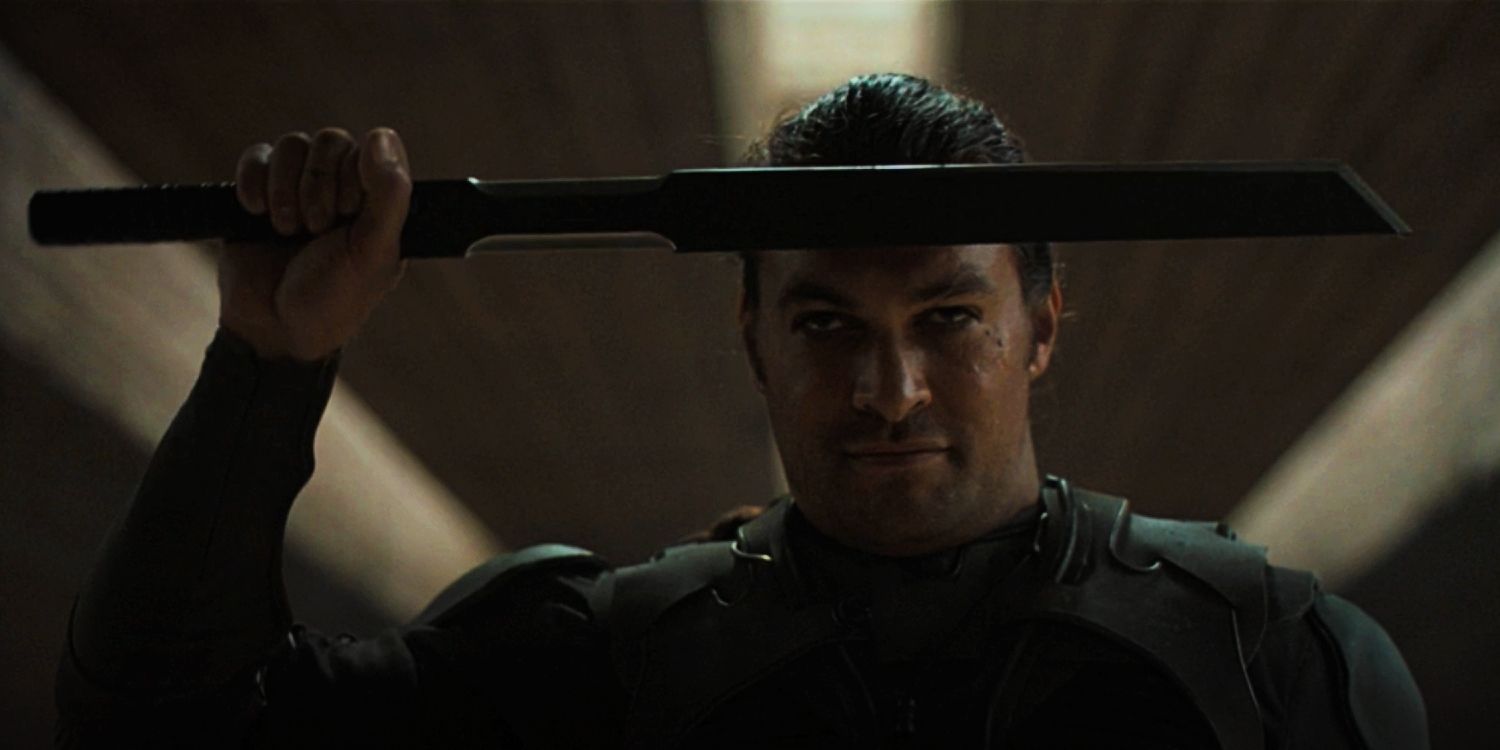
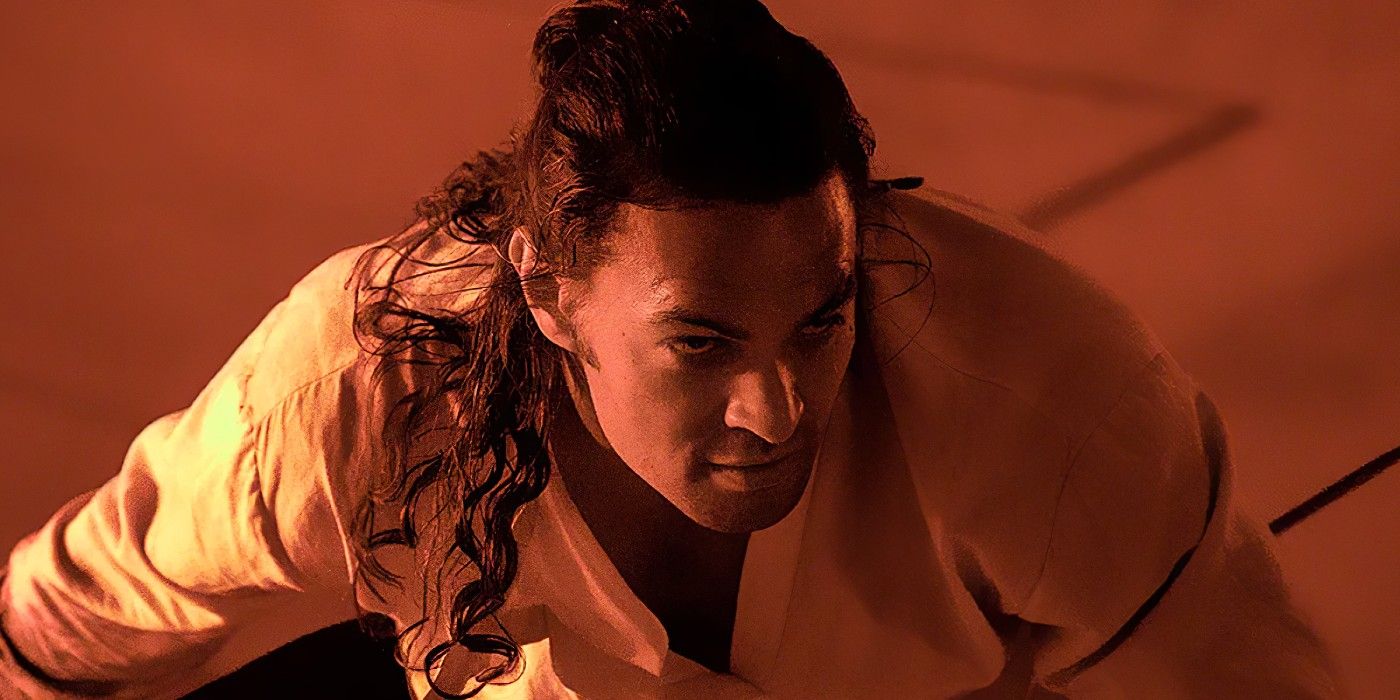
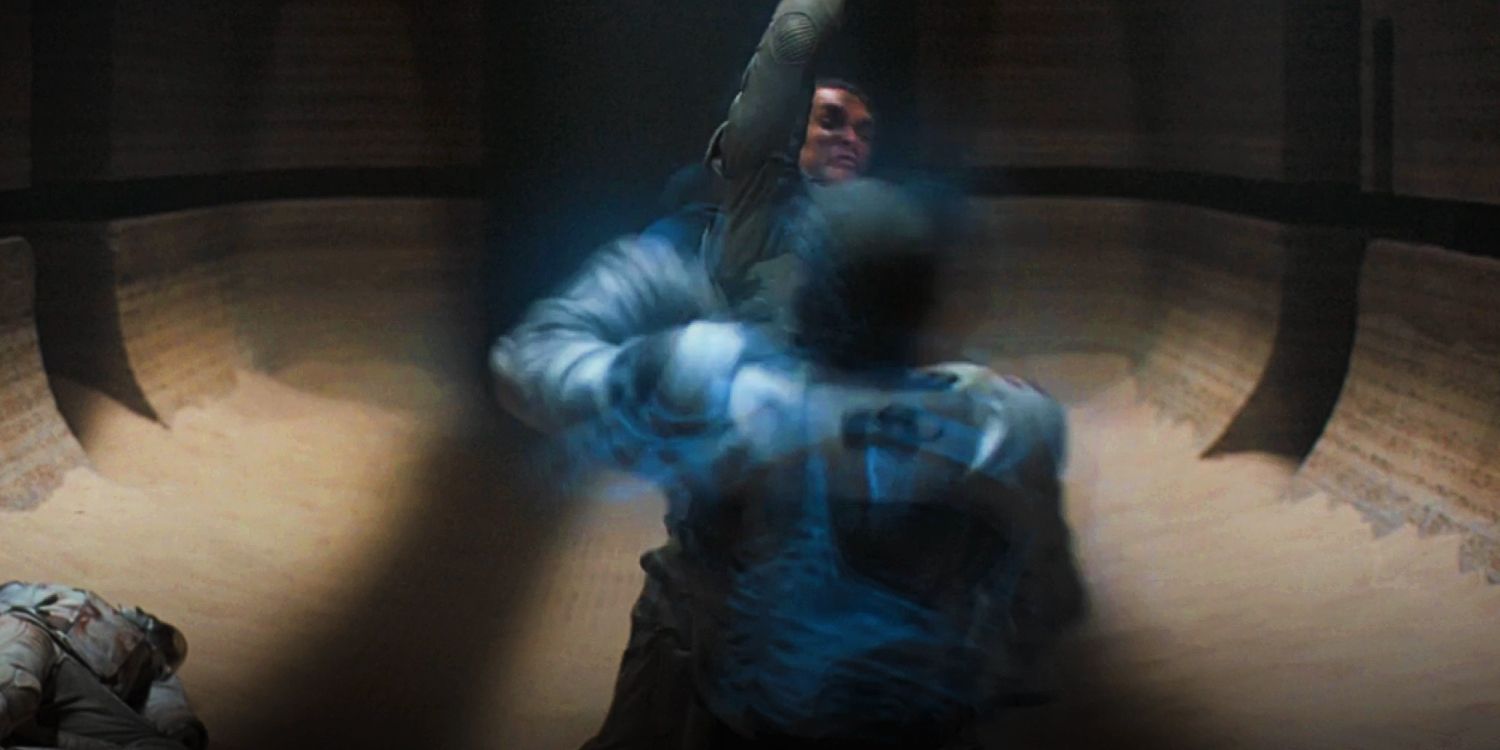

Although the ghola was created from Duncan’s genetic material, it was named Hayt and sent to kill Emperor Paul.
After regaining his lost memories, Hayt once again becomes Duncan and joins several other figures as guardians of Paul and Chani’s children.
Though the Tleilaxu sent Hayt to Paul as a gift, there were multiple ulterior motives for doing so. The first is that Hayt was meant to kill Paul. Because Hayt was someone Paul could not turn away, he would be kept by the emperor’s side constantly. This made the ghola the perfect opportunity to manipulate Paul into becoming a weak leader in hopes of causing the Emperor’s self-destruction.
Ultimately, Hayt fails in this regard, and eventually, the Tleilaxu resign themselves to the more direct means of eliminating Emperor Paul: having Hayt do it when the opportunity arises. However, the emotional distress that this attempt caused Hayt finally forces his genetic memories to resurface, restoring the entirety of Duncan’s original personality and overriding his brainwashing.
While Hayt regains his memories, his self-awakening proves that the Tleilaxu’s ghola process could essentially resurrect the dead — a revelation they later use to tempt Paul with the ghola of his recently deceased lover, Chani. Of course, Paul refused, and the Tleilaxu were forced to retreat.
Duncan would not get to celebrate with his friend though; Paul had lost too much in his attempt to control the universe. His principles, the woman he loved, and finally, his eyesight left him, so in an act of atonement, he chose to wander off into the Arrakis desert, intending to die. This left Duncan and a handful of others to form a regency council to look after Paul and Chani’s twin children, Leto II and Ghanima, until they were old enough to assume their roles as heirs to the entire empire. While this was the ending to Duncan’s story in Dune: Messiah, thanks to the now-proven effectiveness of the Ghola process, Duncan would be resurrected many times over, his service to House Atreides becoming absolutely essential to its continued survival.





